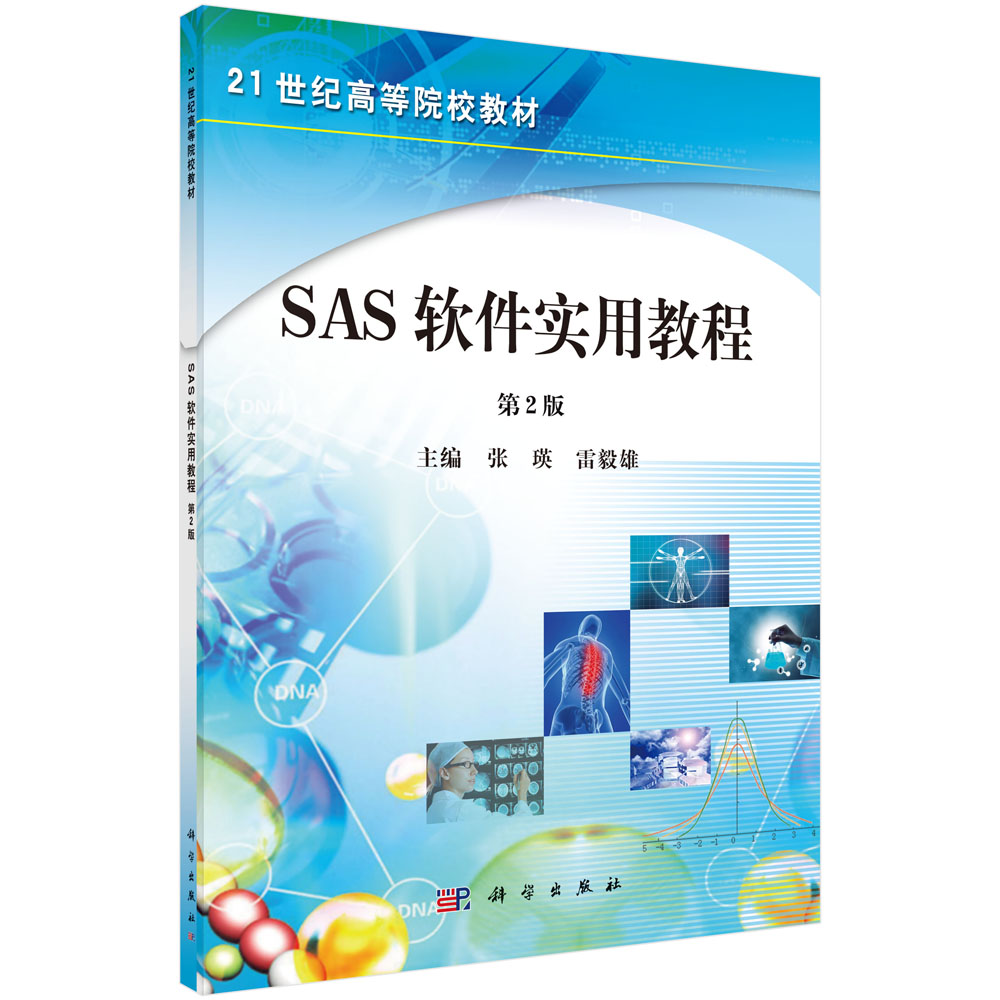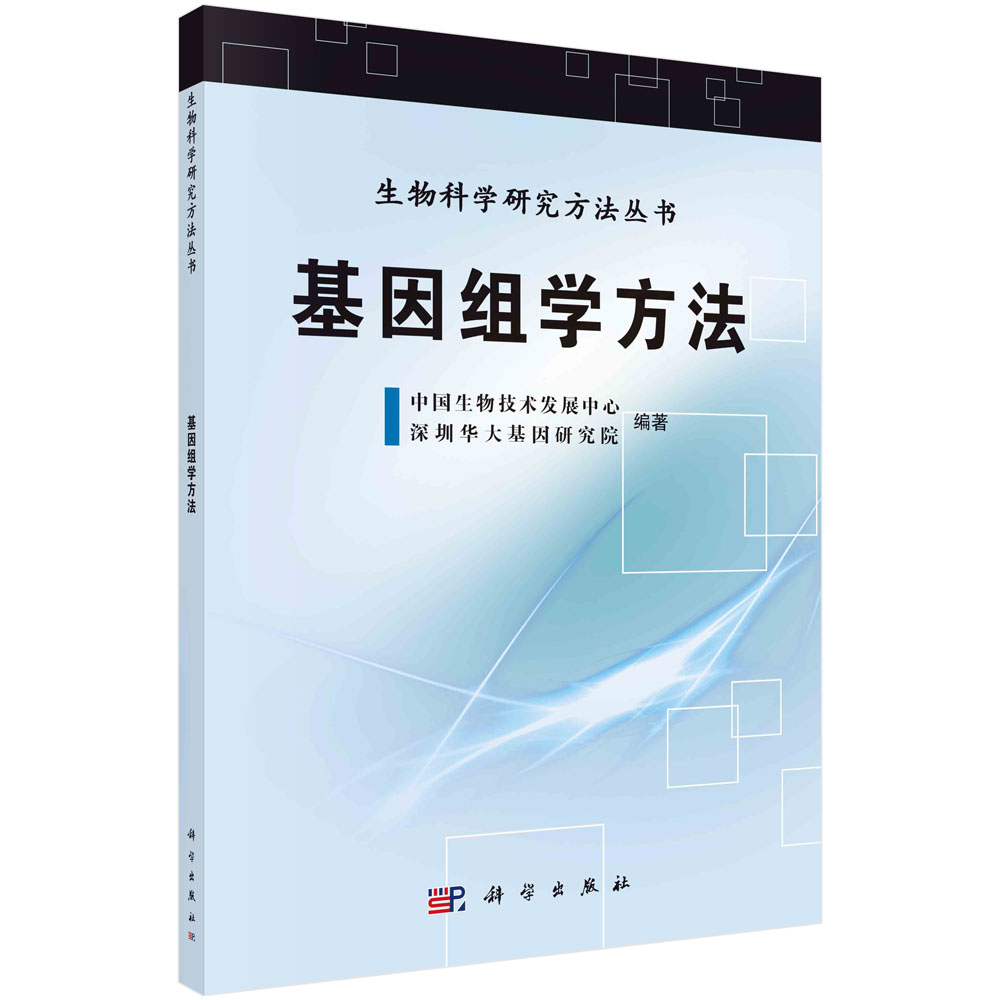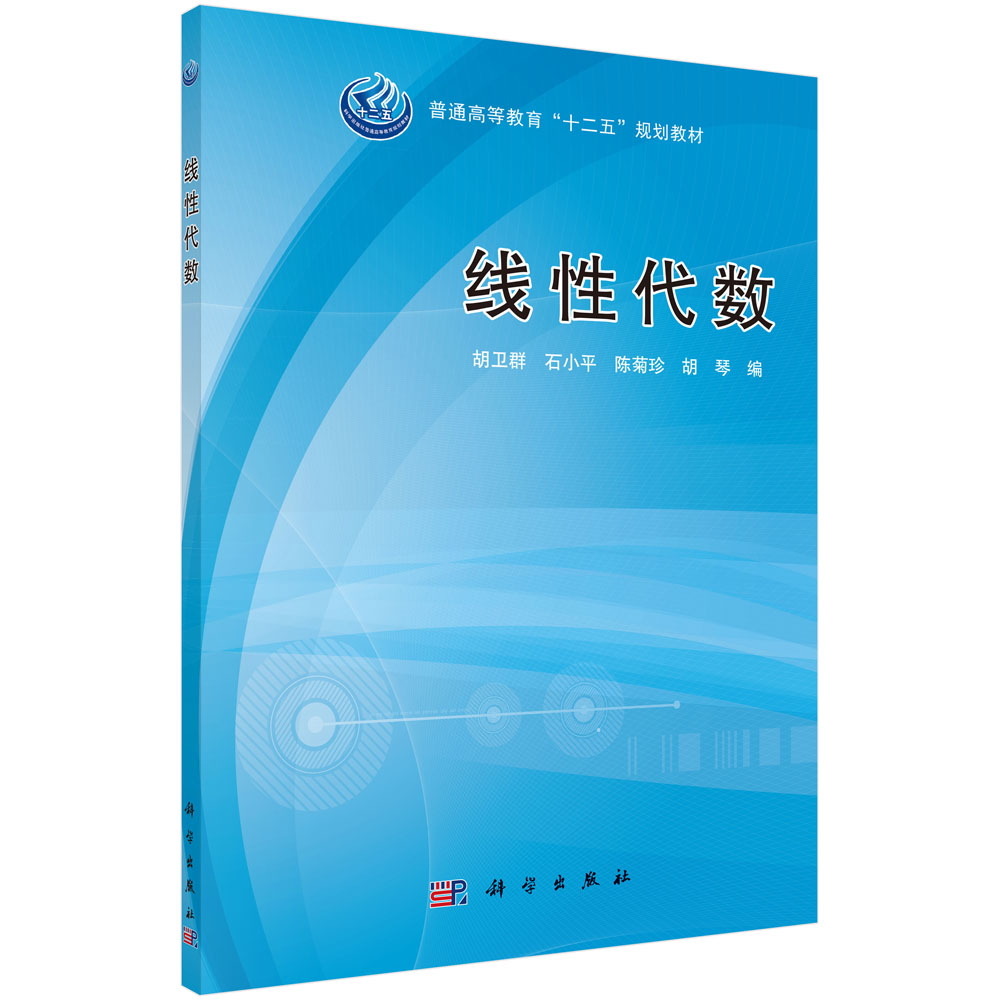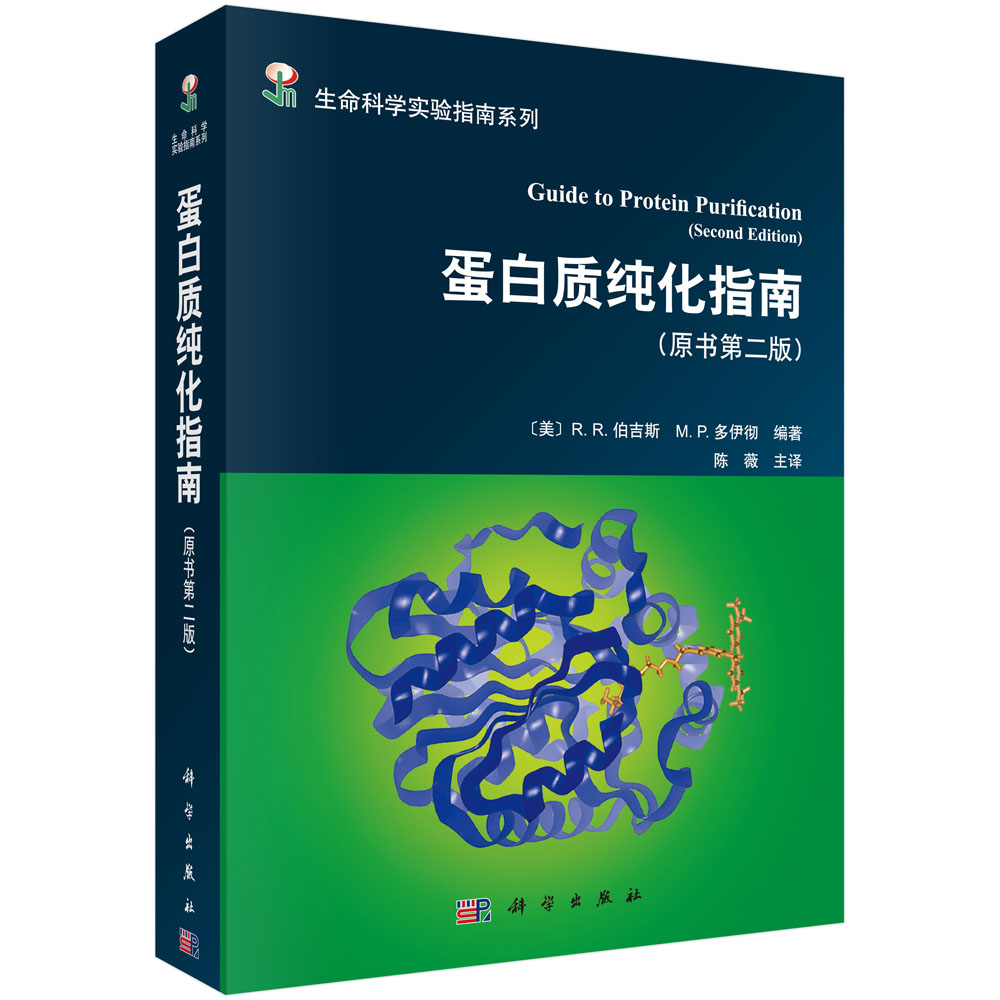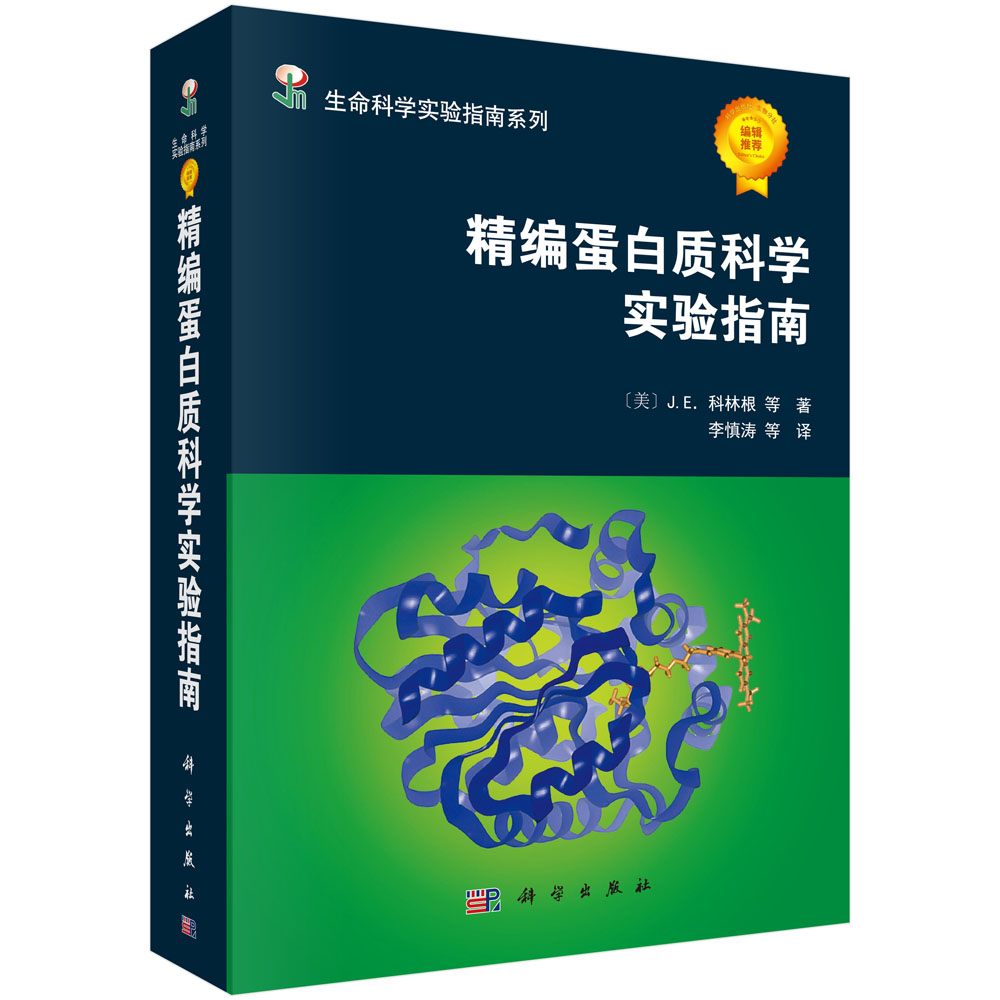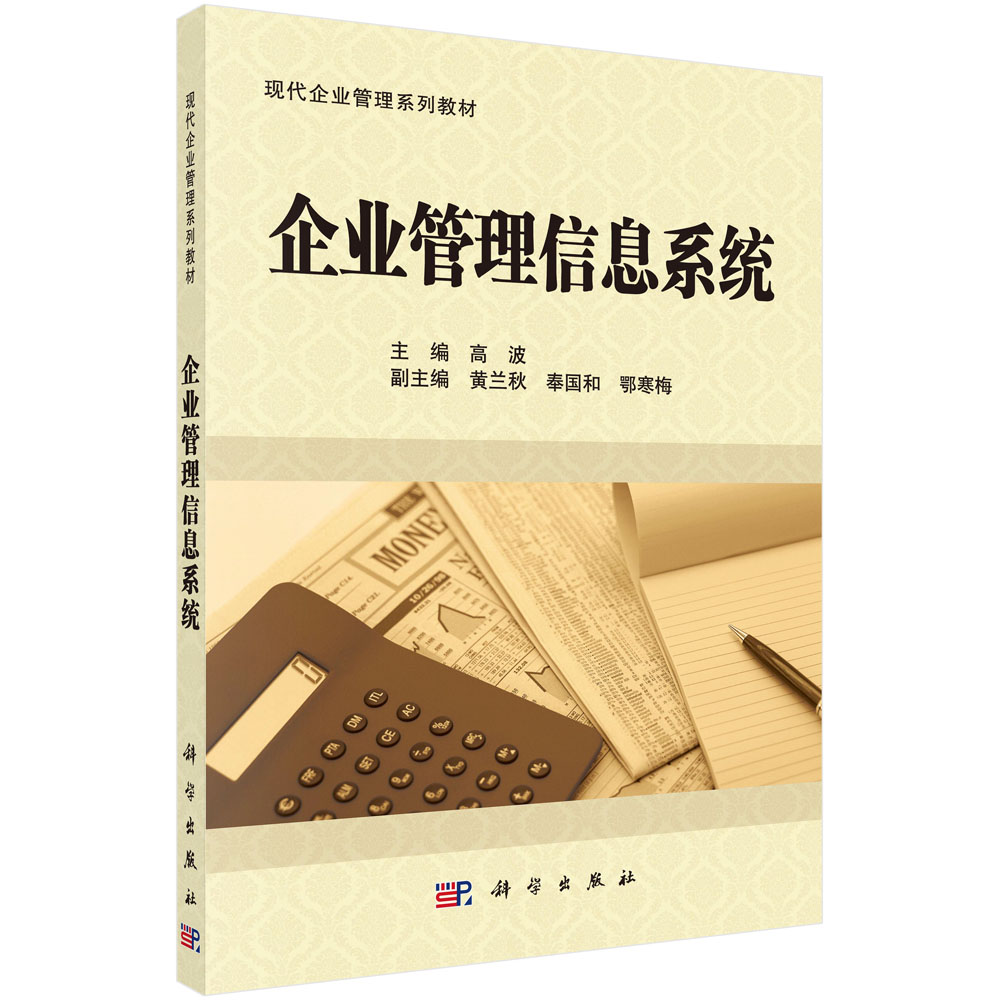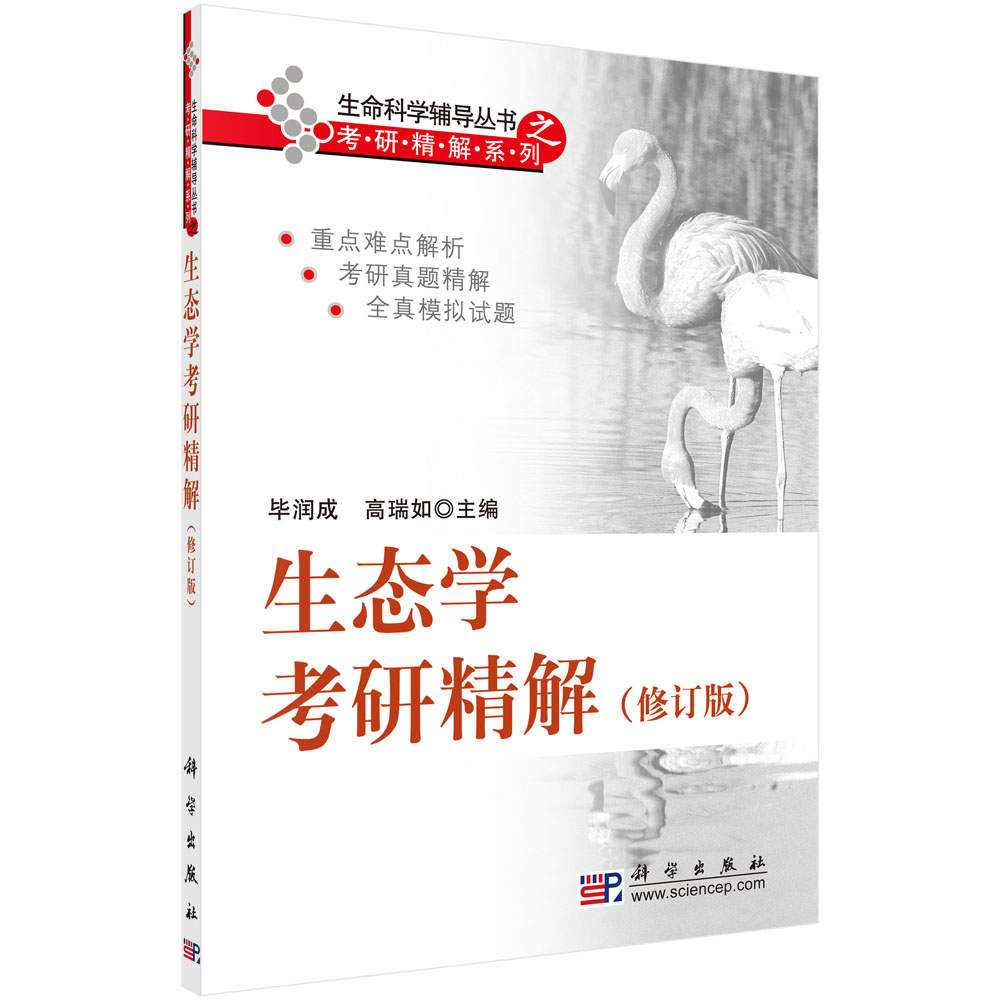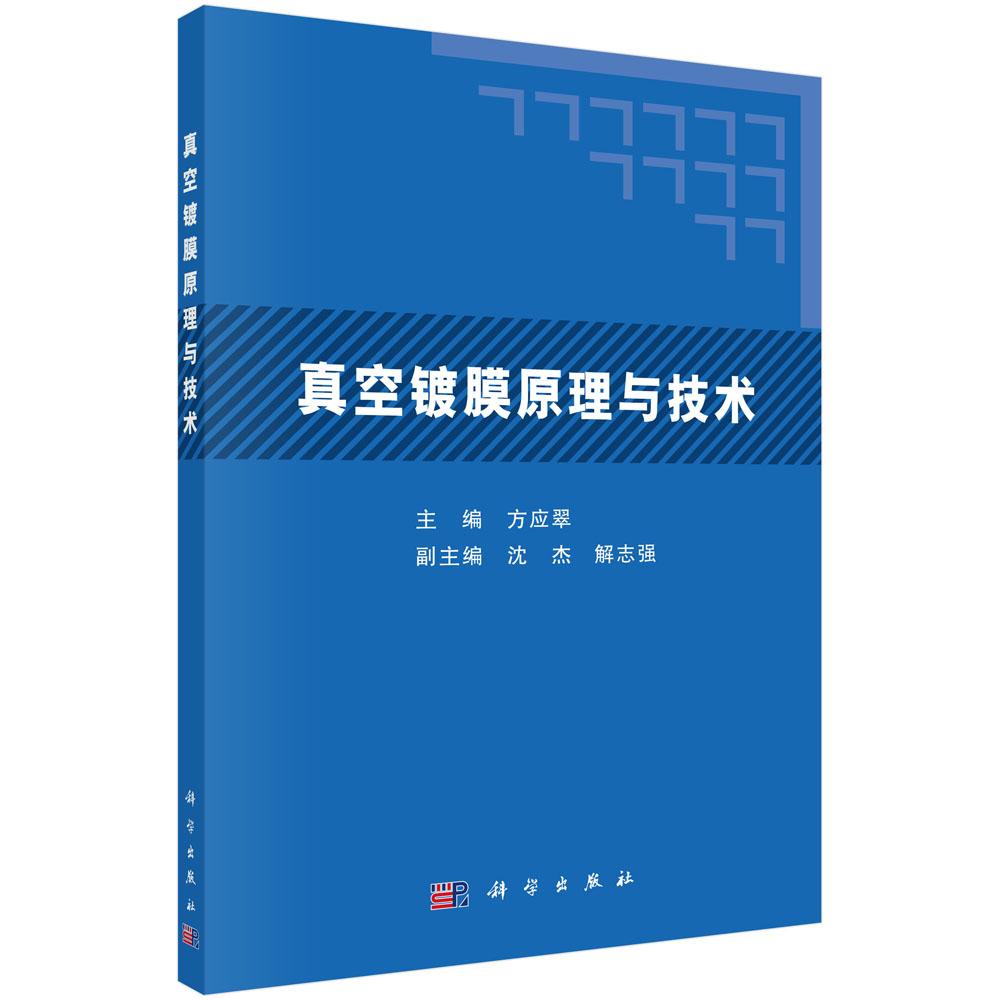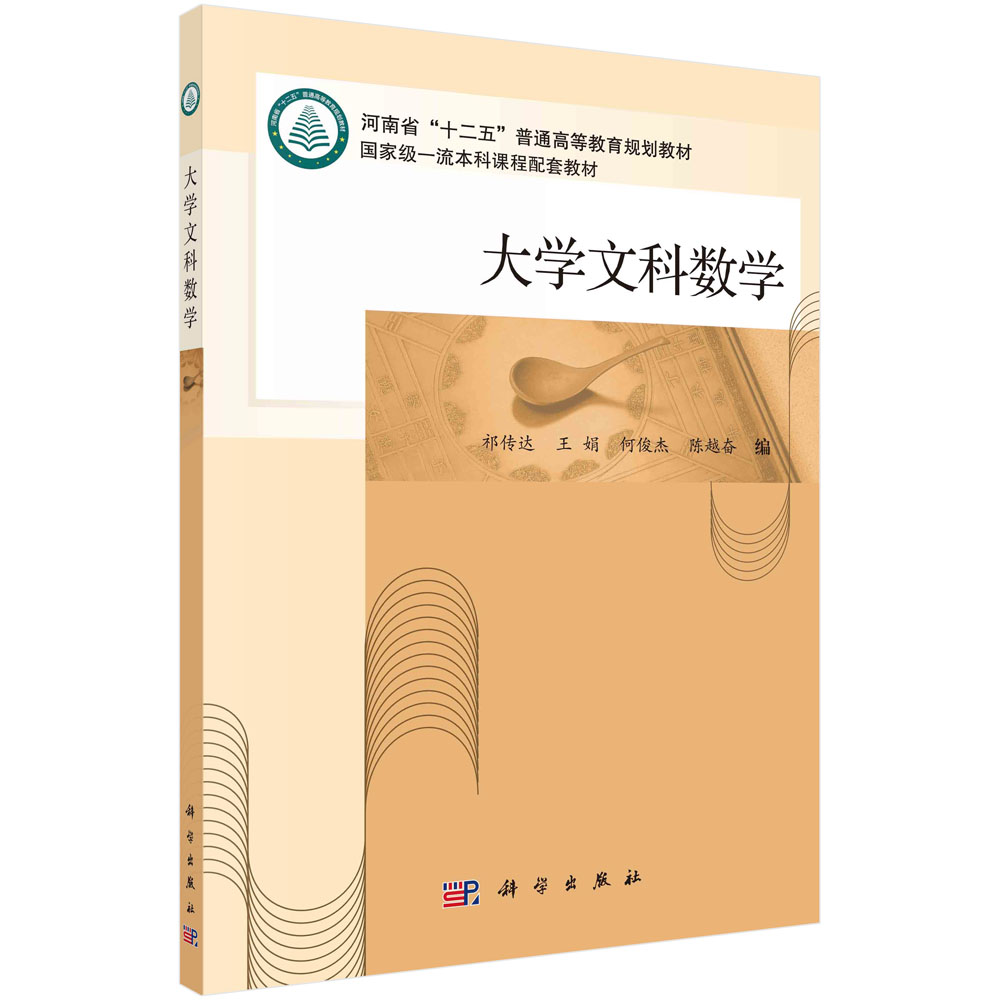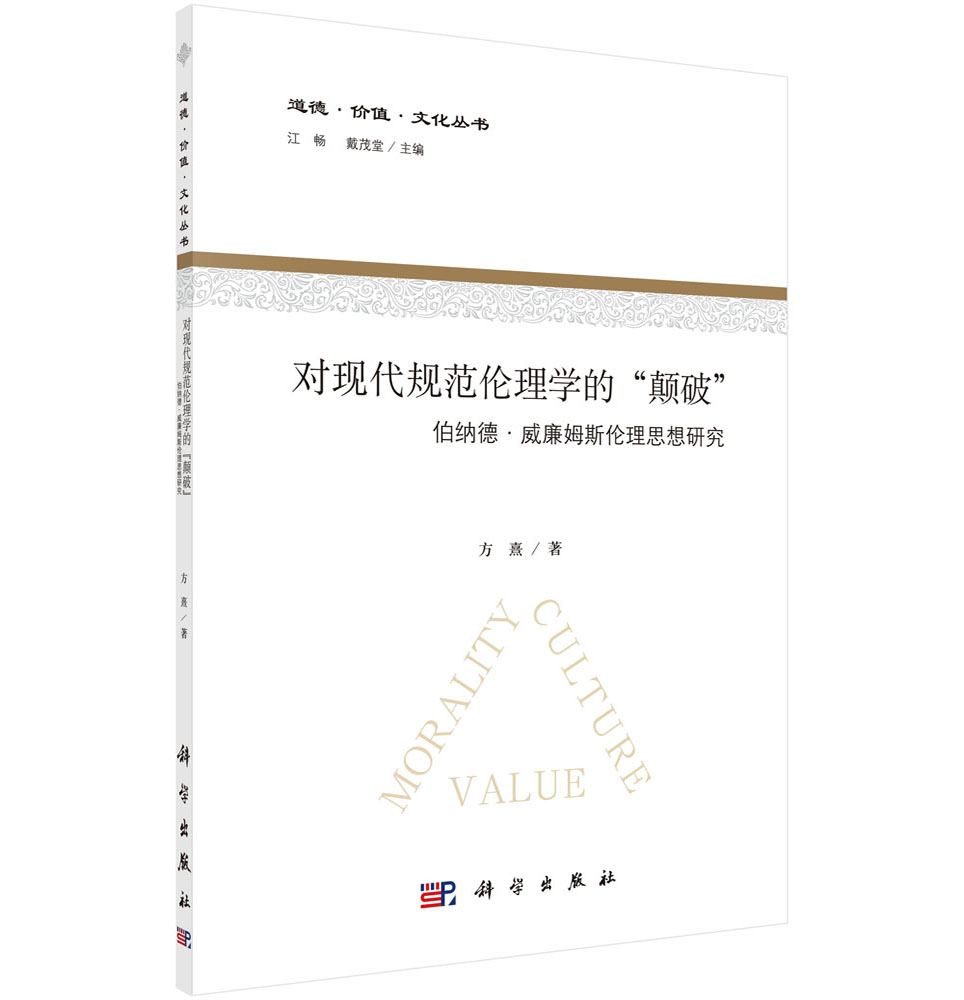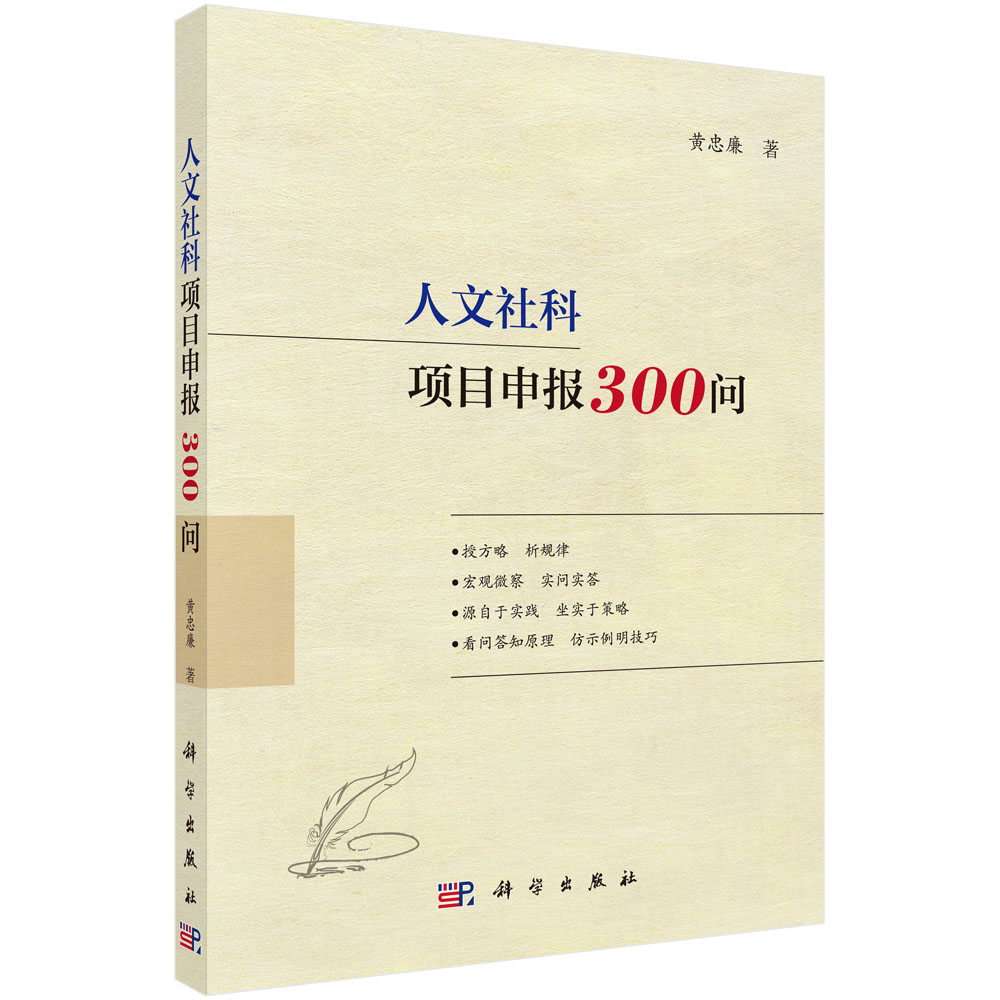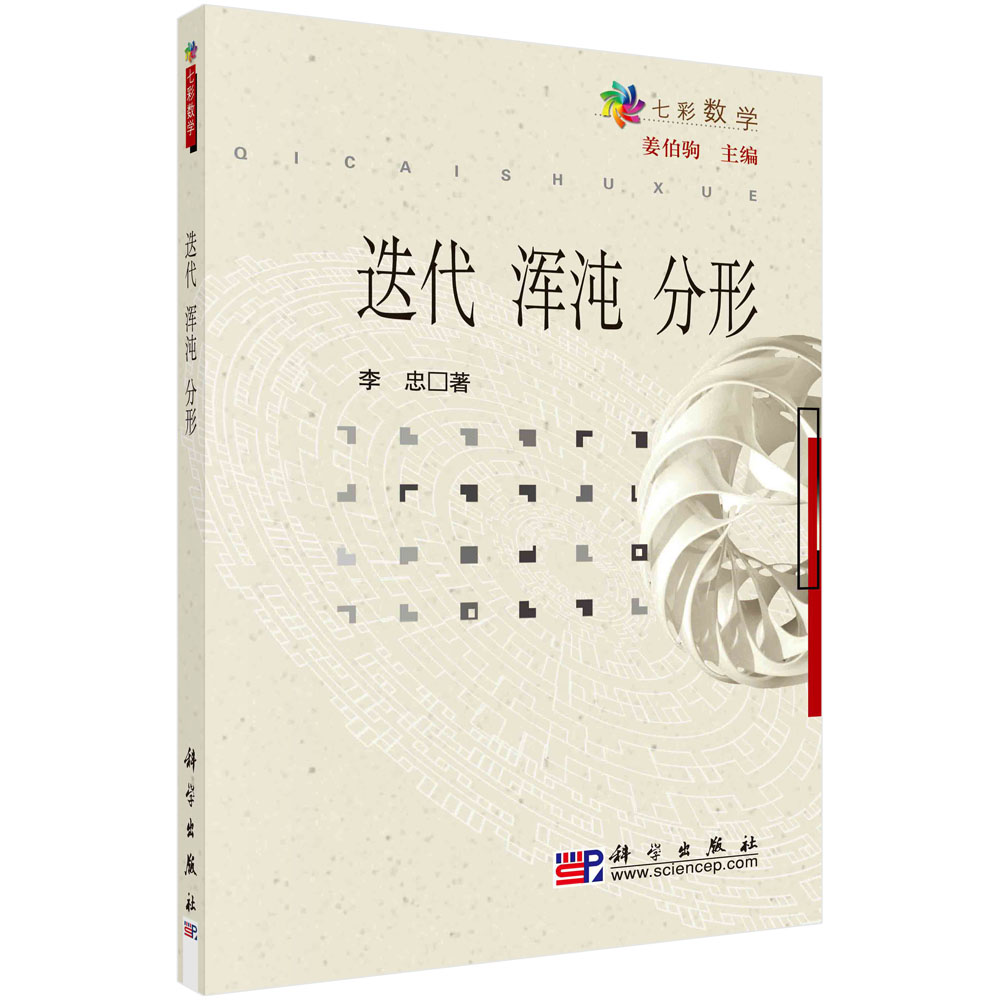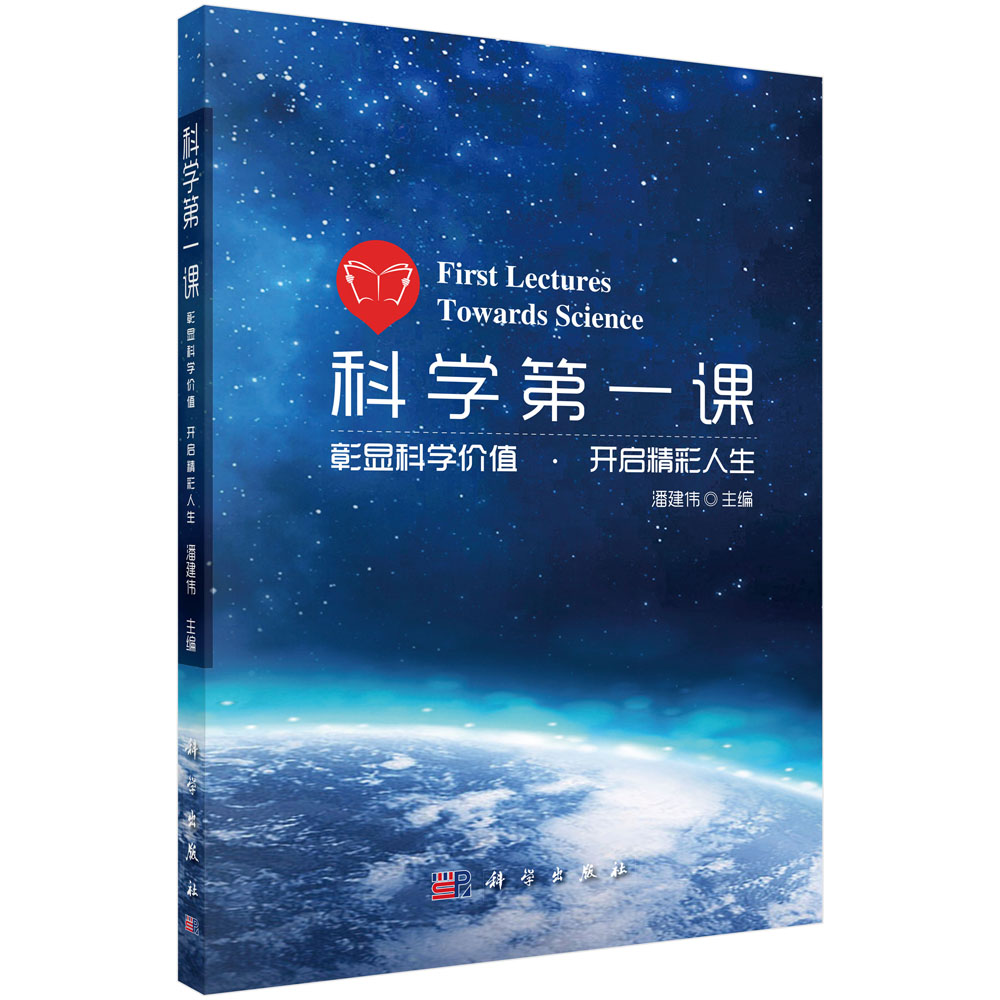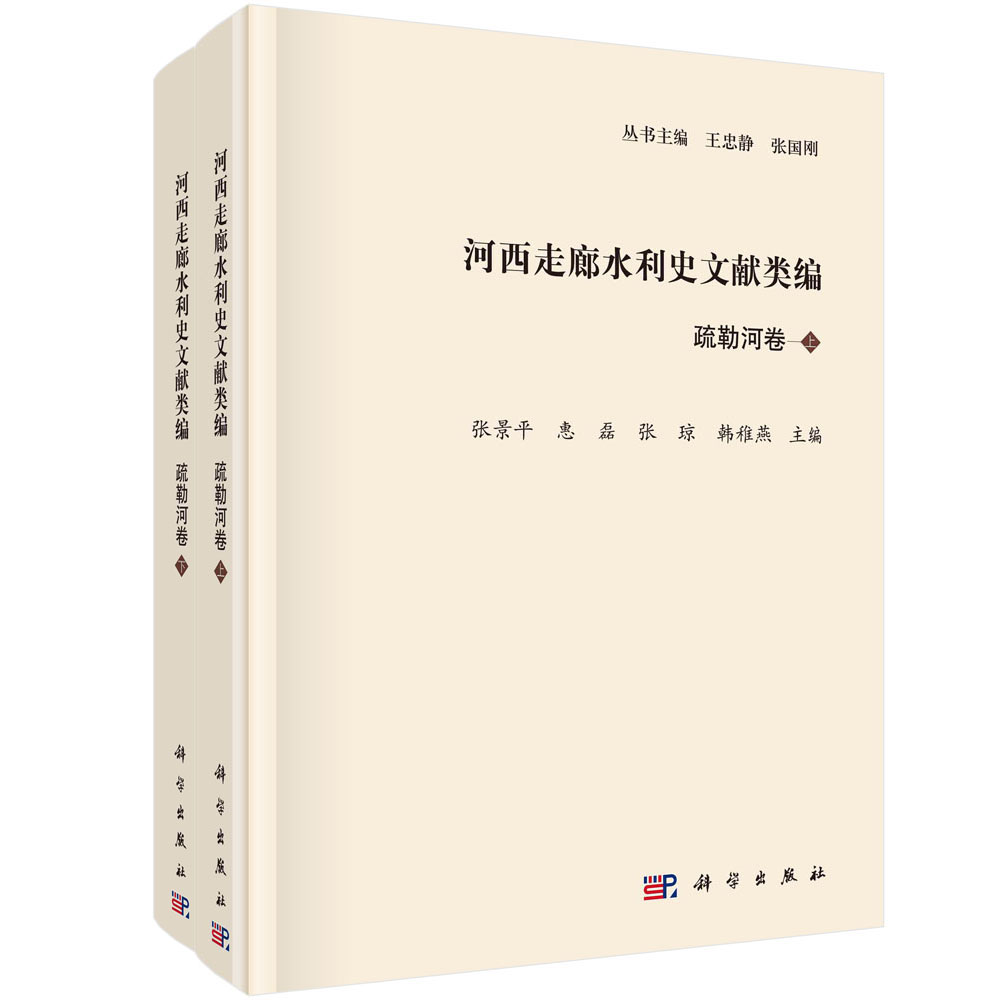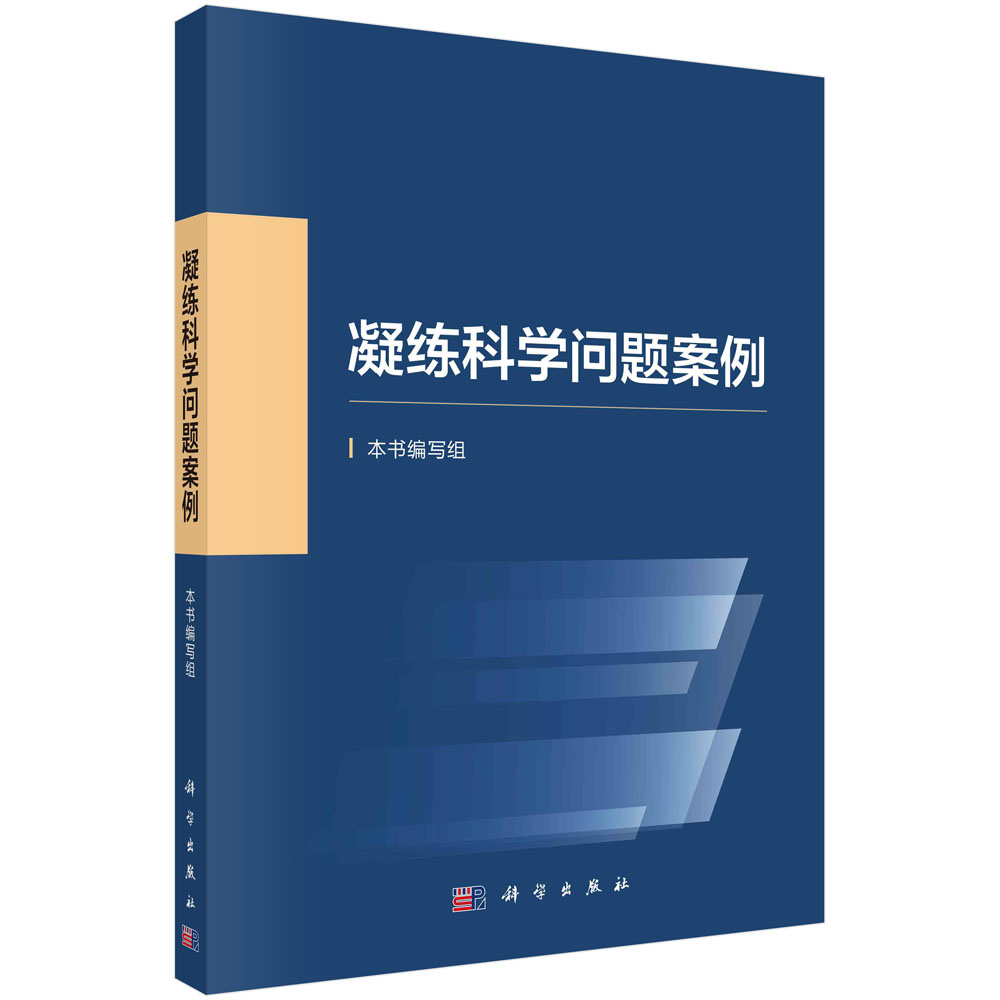本书通过大量菌根图片和流程图系统介绍了开展菌根研究的主要技术与方法,涉及实验室、苗圃、自然生态系统和人工林等,旨在为从事菌根研究的科研工作者和农林业生产技术人员提供帮助。全书共七章:第一章系统介绍了菌根的概念及菌根共生体的识别;第二章介绍了外生菌根(ECM)真菌的采集、鉴定和分类;第三章介绍了球囊菌门真菌的研究方法;第四章介绍了菌根样品的处理及观测方法;第五章介绍了在实验室条件下ECM真菌的培养、菌剂生产与接种方法;第六章介绍了温室或苗圃菌根真菌接种方法及菌根苗的管理;第七章讨论了田间试验设计、试验管理、野外观测与数据分析等方法。
样章试读
目录
- 目录
第一章 概述 1
第一节 菌根共生体 1
一、共生体类型 1
二、寄主植物 2
三、菌根真菌 3
四、菌根共生体的研究方法 4
第二节 菌根的结构和发育 5
一、根系 6
二、根系组织 7
三、根系细胞 8
第三节 外生菌根共生体 10
一、发育 14
二、菌根根系 15
三、真菌结构 15
第四节 球囊菌门真菌形成的丛枝菌根共生体 16
一、发育 20
二、菌根根系 20
三、真菌结构 21
第五节 根系结构对菌根形成的影响 21
第六节 菌根共生体的定义与鉴别 25
一、丛枝菌根共生体 25
二、外生菌根共生体 25
三、混合菌根共生体 26
四、兼性菌根和非菌根植物 27
五、建议 28
第七节 显微镜观察与图像技术 28
一、解剖显微镜 28
二、复合显微镜 30
三、图像技术 30
第二章 外生菌根真菌的研究方法 31
第一节 概述 31
一、外生菌根真菌的分类 32
二、澳大利亚境内外生菌根真菌多样性 33
第二节 外生菌根真菌样品的采集、处理与描述 35
一、探寻和采集真菌标本 36
二、记录生境数据信息 39
三、描述新鲜真菌标本形态特征 41
四、拍摄真菌标本照片 41
五、制作真菌孢子印 42
六、风干与保存真菌标本 42
第三节 真菌宏观形态的描述 43
一、描述真菌的颜色 45
二、详细记录真菌主要形态特征 45
第四节 真菌子实体微观形态的描述 54
一、微观结构 56
二、微观结构的观察与测量 58
三、孢子大小与形状 60
四、孢子壁的结构和纹饰 64
五、真菌微观结构图示 64
六、汇编真菌的详细说明 66
七、术语汇编 71
第五节 作为种质资源的真菌标本的管理 73
一、标本馆 73
二、数据库 77
第六节 澳大利亚境内的外生菌根真菌 81
一、子囊菌 83
二、担子菌 86
三、腹菌 90
四、多孔菌 91
五、伞菌 95
六、有褶蘑菇 97
七、以白色孢子印为主的真菌 100
八、以棕色孢子印为主的真菌 102
九、以黑色孢子印为主的真菌 106
十、具孔蘑菇 109
十一、块菌状伞菌 110
第三章 球囊菌门真菌的研究方法 118
第一节 概述 118
第二节 球囊菌门真菌的分类 120
一、基于孢子结构特征的分类 121
二、基于真菌侵染根系模式(菌根结构特征)的分类 126
第三节 从土壤中分离孢子的方法 129
一、湿筛与离心 130
二、孢子样品的处理 131
三、孢子萌发 133
四、孢子标本与玻片制作 133
第四节 球囊菌门真菌的分离与繁殖 135
一、土壤与养分补充 135
二、寄主植物 138
三、盆钵纯培养的初始准备 138
四、盆钵纯培养的养护 140
五、盆栽取样和质量控制 140
六、球囊菌门真菌的菌剂 143
第四章 菌根共生体观测方法 144
第一节 菌根根系样品 144
一、根系的清洗与取样 145
二、菌根共生体的温室试验 145
三、根系样品的田间采集 147
四、其他根系研究方法 147
第二节 菌根根系的透明与染色 148
一、采用氢氧化钾进行根系透明 150
二、采用氯唑黑E 或台盼蓝进行根系染色 150
三、带有深色色素根系的处理方法 151
四、其他染色方法 151
五、样品的保存与玻片制作 151
第三节 菌根真菌根系侵染率的测定 152
一、根系和AM 真菌 152
二、外生菌根共生体的定量测定 155
三、外生菌根真菌的鉴别 157
第四节 土壤中菌根接种物的生物测定 157
第五节 新鲜菌根根系材料的切片 163
一、根系切片方法 163
二、根系切片的透明与染色 165
三、组织化学染色方法 165
第六节 高级染色与显微技术 166
一、不同方法的比较 166
二、电子显微技术 171
三、扫描电镜技术 171
四、光学显微镜与透射电子显微镜的塑料切片技术 172
第七节 菌根组织学信息的价值 173
第五章 菌根真菌的纯培养与菌剂生产 176
第一节 概述 176
一、无菌操作 178
二、培养基 181
三、培养基添加剂 183
第二节 真菌分离与无菌繁殖 185
一、从子实体分离 185
二、从菌根根系分离 187
三、孢子萌发 187
四、培养物中菌根真菌与污染微生物的鉴别 188
第三节 纯培养菌株的保存与维护 190
一、菌株的转移培养 190
二、纯培养菌株的保存 191
第四节 外生菌根共生体的合成 192
一、种子表面消毒方法 193
二、无菌条件下的菌根合成 193
第五节 菌剂规模化生产 195
一、菌剂类型 197
二、孢子菌剂 198
三、菌丝体菌剂 201
四、菌剂的保藏 201
第六章 菌根植物的经营管理技术 204
第一节 菌根真菌接种效益评估 204
一、土壤与立地条件 206
二、植物根系 208
三、真菌菌株的特性 211
第二节 温室中的菌根植物 213
一、温室试验 213
二、筛选优势真菌菌株 217
第三节 苗圃菌根育苗 220
一、育苗基质的组成 220
二、育苗基质的灭菌处理 224
三、育苗容器 226
四、病虫害防治 227
第四节 菌根植物的矿物营养 227
一、养分需求 227
二、桉树容器苗的肥料管理 230
三、桉树试验的田间肥料管理 233
四、苗圃养分失调的识别 234
五、基质、土壤、水分及肥料的分析 237
第五节 菌根形成的评价方法 238
第七章 田间试验:规划、设计、测量与数据分析 241
第一节 概述 241
一、田间试验的过程 241
二、田间试验的规划 241
三、试验处理的基础 243
第二节 试验设计 246
一、试验处理的确定 246
二、试验设计的选择 247
三、重复与随机 248
四、试验设计与小区布置实例 248
五、尽量减少无关变量的影响 249
第三节 试验步骤 252
一、场地选择 253
二、现场准备和布置试验 254
三、试验管理 259
四、观察和测量 259
第四节 数据处理与统计分析 264
参考文献 270
Contents
CHAPTER 1 INTRODUCTION 1
1.1 Mycorrhizal associations 1
1.1.1 Association types 1
1.1.2 Host plants 2
1.1.3 Mycorrhizal fungi 3
1.1.4 Working with mycorrhizal associations 4
1.2 The structure and development of mycorrhizal roots 5
1.2.1 Root systems 6
1.2.2 Root tissues 7
1.2.3 Root cells 8
1.3 Ectomycorrhizal associations 10
1.3.1 Development 14
1.3.2 Mycorrhizal roots 15
1.3.3 Fungal structures 15
1.4 Vesicular-arbuscular mycorrhizal associations produced by Glomeromycota fungi16
1.4.1 Development 20
1.4.2 Mycorrhizal roots 20
1.4.3 Fungal structures 21
1.5 The influence of root structure on mycorrhizal formation 21
1.6 Identifying and defining mycorrhizal associations 25
1.6.1 AM associations 25
1.6.2 ECM associations 25
1.6.3 Dual associations 26
1.6.4 Facultative associations and non-mycorrhizal plants 27
1.6.5 Recommendations 28
1.7 Working with microscopes and photographing techniques 28
1.7.1 Dissecting microscopes 28
1.7.2 Compound microscopes 30
1.7.3 Photography 30
CHAPTER 2 WORKING WITH ECTOMYCORRHIZAL FUNGI 31
2.1 Introduction 31
2.1.1 Fungal taxonomy 32
2.1.2 The biodiversity of Australian fungi 33
2.2 Collecting, processing and describing ECM fungi 35
2.2.1 Finding and collecting fungi 36
2.2.2 Recording habitat data 39
2.2.3 Describing fresh specimens 41
2.2.4 Photographing specimens 41
2.2.5 Making spore prints 42
2.2.6 Preserving fungal specimens by air drying 42
2.3 Describing the macroscopic morphology of fungi 43
2.3.1 Describing colours of fungi 45
2.3.2 Recording details of the main morphological characters of fungi 45
2.4 Microscopic morphology of fungal fruit bodies 54
2.4.1 Microscopic structures 56
2.4.2 Observing and measuring microscopic structures 58
2.4.3 Spore size and shape 60
2.4.4 Spore wall structure and ornamentation 64
2.4.5 Illustration of microscopic structures 64
2.4.6 Compiling detailed descriptions of fungi 66
2.4.7 Glossary of terminology 71
2.5 Management of collections as a genetic resource 73
2.5.1 Herbaria 73
2.5.2 Databases 77
2.6 An introduction to the Australian ECM fungi 81
2.6.1 Ascomycetes 83
2.6.2 Basidiomycetes 86
2.6.3 Gasteromycetes 90
2.6.4 Aphyllophorales 91
2.6.5 Agaricales 95
2.6.6 Mushrooms with gills 97
2.6.7 Fungi with predominantly white spore prints 100
2.6.8 Fungi with predominantly brown spore prints 102
2.6.9 Fungi with predominantly black spore prints 106
2.6.10 Mushrooms with pores 109
2.6.11 Truffle-like Agaricales 110
CHAPTER 3 WORKING WITH GLOMEROMYCOTA FUNGI 118
3.1 Introduction 118
3.2 Taxonomy of Glomeromycota fungi 120
3.2.1 Spore-based taxonomy 121
3.2.2 Identifying Glomeromycota fungi by root colonization patterns 126
3.3 Separating spores from soil 129
3.3.1 Wet-sieving and centrifugation 130
3.3.2 Working with spores 131
3.3.3 Spore germination 133
3.3.4 Herbarium specimens and slide preparations 133
3.4 Isolating and propagating Glomeromycota fungi 135
3.4.1 Soils and nutrient supplements 135
3.4.2 Host plants 138
3.4.3 Pot culture initiation 138
3.4.4 Maintenance of pot cultures 140
3.4.5 Quality control sampling of pot cultures 140
3.4.6 Inoculum of Glomeromycota fungi 143
CHAPTER 4 EXAMINING MYCORRHIZAL ASSOCIATIONS 144
4.1 Mycorrhizal root samples 144
4.1.1 Washing and sampling roots 145
4.1.2 Glasshouse investigations of mycorrhizal associations 145
4.1.3 Field collections of roots 147
4.1.4 Other methods of studying roots 147
4.2 Clearing and staining mycorrhizal roots 148
4.2.1 Clearing roots with KOH 150
4.2.2 Staining roots with chlorazol black E (CBE) or trypan blue 150
4.2.3 Working with darkly pigmented roots 151
4.2.4 Alternative methods 151
4.2.5 Sample storage and slide preparation 151
4.3 Measuring root colonization by mycorrhizal fungi 152
4.3.1 Roots and AM fungi 152
4.3.2 Quantifying ECM associations 155
4.3.3 Identifying ECM fungi 157
4.4 Bioassay measurements of mycorrhizal inoculum in soils 157
4.5 Sectioning fresh mycorrhizal root material 163
4.5.1 Sectioning roots 163
4.5.2 Clearing and staining sections 165
4.5.3 Histochemical staining procedures 165
4.6 Advanced staining and microscopy procedures 166
4.6.1 Comparison of methods 166
4.6.2 Electron microscopy 171
4.6.3 Scanning electron microscopy 171
4.6.4 Plastic sections for light and transmission electron microscopy 172
4.7 The value of histological information 173
CHAPTER 5 PURE CULTURE ISOLATION OF FUNGI AND THE PRODUCTION OF INOCULUM 176
5.1 Introduction 176
5.1.1 Aseptic techniques 178
5.1.2 Culture media 181
5.1.3 Media additions 183
5.2 Isolating fungi into axenic culture 185
5.2.1 Isolation from fruit bodies 185
5.2.2 Isolation of fungi from within mycorrhizal roots 187
5.2.3 Spore germination 187
5.2.4 Identification of mycorrhizal fungi and microbial contaminants in culture 188
5.3 Maintenance of fungal isolates 190
5.3.1 Transferring fungi to start new cultures 190
5.3.2 Preservation of fungal cultures 191
5.4 The synthesis of ectomycorrhizal associations 192
5.4.1 Seed surface sterilisation 193
5.4.2 Mycorrhizal synthesis in sterile culture 193
5.5 Large-scale production of inoculum 195
5.5.1 Types of inoculum 197
5.5.2 Spore-based inoculum forms 198
5.5.3 Mycelium-based inoculum forms 201
5.5.4 Storage of inoculum 201
CHAPTER 6 MANAGEMENT OF MYCORRHIZAL PLANTS 204
6.1 Assessing the benefits of mycorrhizal inoculation 204
6.1.1 Soil and site factors 206
6.1.2 Plant root systems 208
6.1.3 Characteristics of fungal isolates 211
6.2 Mycorrhizal plants in the glasshouse 213
6.2.1 Glasshouse experimentation 213
6.2.2 Selecting superior fungus isolates 217
6.3 Mycorrhizal seedlings in the nursery 220
6.3.1 Potting mix components 220
6.3.2 Sterilising potting mixes 224
6.3.3 Seedling containers 226
6.3.4 Disease and pest control 227
6.4 Mineral nutrition of mycorrhizal plants 227
6.4.1 Nutrient requirements 227
6.4.2 Fertilising eucalypts in nursery containers 230
6.4.3 Fertilising eucalypts in field trials 233
6.4.4 Identifying nutrient disorders in the nursery 234
6.4.5 Analysis of potting mix, soil, water and fertilizer 237
6.5 Assessment of mycorrhizal formation 238
CHAPTER 7 FIELD EXPERIMENTS: PLANING, DESIGN, MEASUREMENT AND DATA ANALYSIS 241
7.1 Introduction 241
7.1.1 Field experimental process 241
7.1.2 Planning field experiments 241
7.1.3 The basis for comparing experimental treatments 243
7.2 Experimental design 246
7.2.1 Selecting treatments 246
7.2.2 Choice of design 247
7.2.3 Replication and randomisation 248
7.2.4 Examples of designs and plot layouts 248
7.2.5 Minimising effects of extraneous variation 249
7.3 Experimental procedures 252
7.3.1 Site selection 253
7.3.2 Site preparation and experiment establishment 254
7.3.3 Maintenance of the experiment 259
7.3.4 Measurements and observations 259
7.4 Data processing and statistical analysis 264
REFERENCES 270
